
The Real Strengh:Being trust worthy from excellent quality.
Company always regards quality as enterprise's life, prestige as cornerstone. Always adhere primary quality's principle, strict execute quality handle system. Our products act on "primary quality, the highest services" production principle.
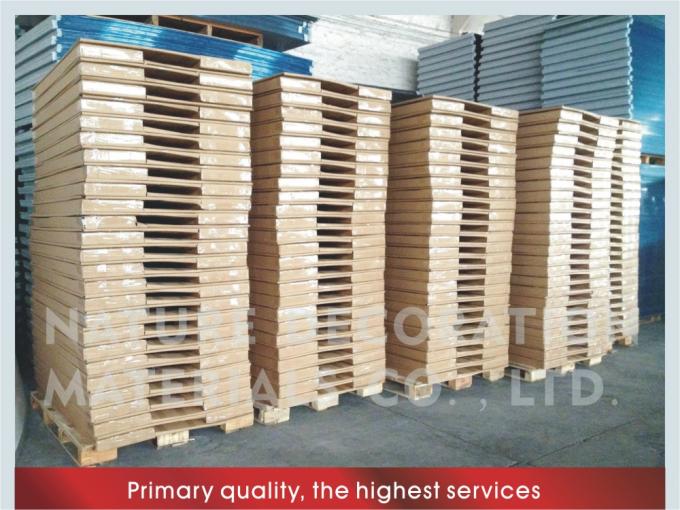
Nature Awning Features
Nature awnings are a must have to help protect and extend the life of your windows and doors. It can also provide you with the opportunity to expand your outdoor living space without the cost of expensive permanent construction. In addition, Nature awnings will add value to your home without the problems of unsightly moss and algae growth, tearing or broken parts that frequently occurs with other awnings on the market.
Nature awnings also have the potential to vastly improve both the beauty and the functionality of your home and business premises whilst keeping it cool and bright. Its curved modern shape enables greater protection from driving rain than any other awning design in the industry.
Let’s look at some of the benefits of using Nature awnings
Aesthetics – Provide cover to patios, windows, doors, verandas, shop fronts, corridors, walkways, air conditioning units etc, and adds to the aesthetics, elegance and beauty of your building.
Protection From Fading – Will protect your windows, doors, furniture, flooring and furnishings, amongst others from fading. In addition, they retain room brightness. They protect your outdoor furniture fabric from fading, too.
Saving Construction Costs – Nature awnings provide you with extra space in your house, unit, apartment or commercial establishment without construction costs. They are also significantly less expensive than any permanent construction, and are like adding an extra room.
Self-Cleaning – Little to no maintenance necessary as it cleans itself with every rainfall.
Lightweight - One-third the weight of acrylic, or one-sixth as heavy as glass.
Durable – Provides incredible strength & durability and a sturdy well-made design. Does not rust or corrode from sea blast.
Anti-UV Protection – Providing an easy and economical solution from the sun & rain, giving you 99% UV Protection, whilst allowing natural light to pass through.
Flame & chemical resistance – Our awnings are specially coated with a unique formula to protect them from cleaning chemical and damaging elements of heat and fire, high flame performance rating is class B1.
Easy assembly & Installation (D.I.Y) – Put it together yourself using the supplied instruction booklet for a quick & easy installation process, you can finish installation within 5 minutes easily.
Elegant design - Nature awnings have a slight curve which provides a modern, contemporary look.
Heat insulation & sound-proof – Polycarbonate board has good heat insulation, it lets in light and keep out heat. Also, it has superb effect of sound-proof, 28 decibel decrease for our solid polycarbonate sheet.
Environmentally friendly – Do your part in helping preserve our planet, Nature awnings are made from 100% new materials which can be recycled.
Wind protection – Our awnings are shatter-proof and are lab tested to withstand strong winds of up to a category 2 hurricane. Rest assured that whatever the weather, our awning is strongly built.
Good light transmission – Allows 12% - 88% depending on colour and thickness.
Impact resistant – 250-300 times stronger than ordinary glass and 20-30 times that of acrylic sheeting. The impact strength is 10-27 times as much as Plexiglas.

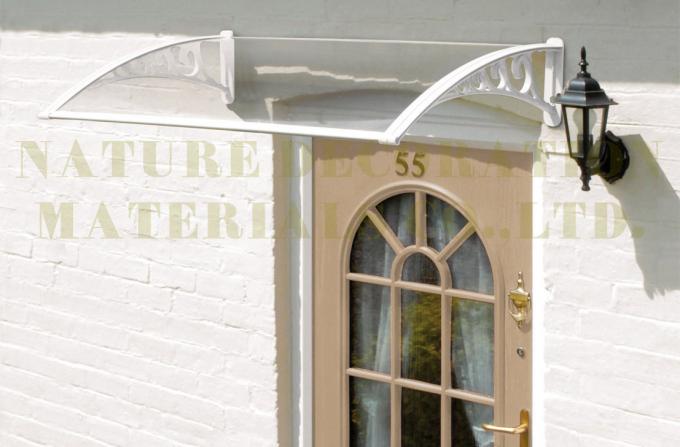
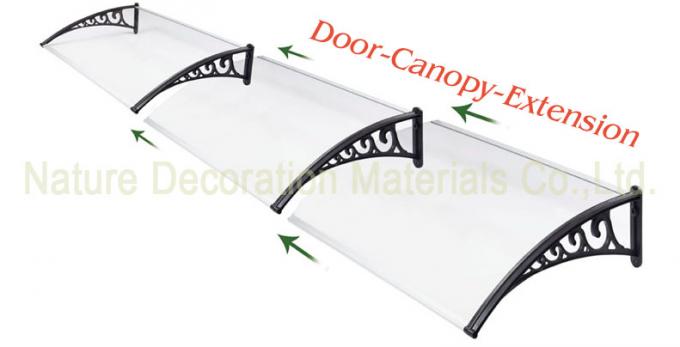
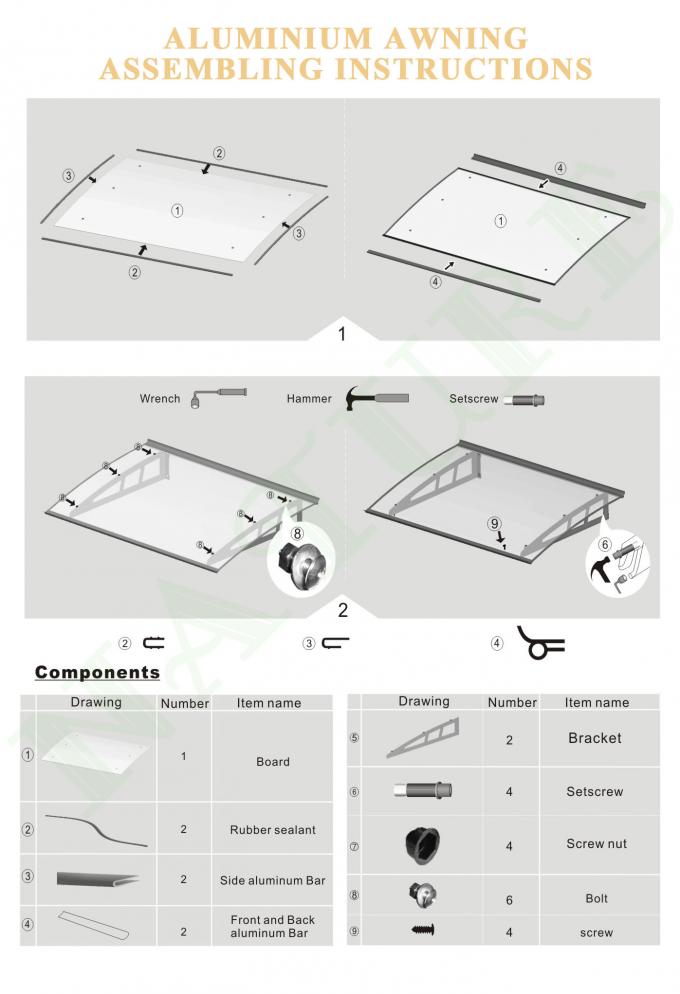

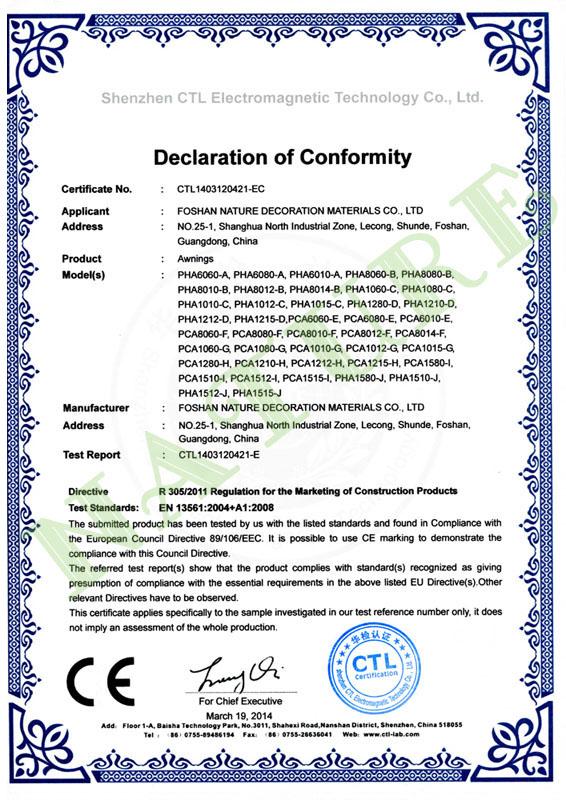
CE CERTIFICATE

TEST REPORT
